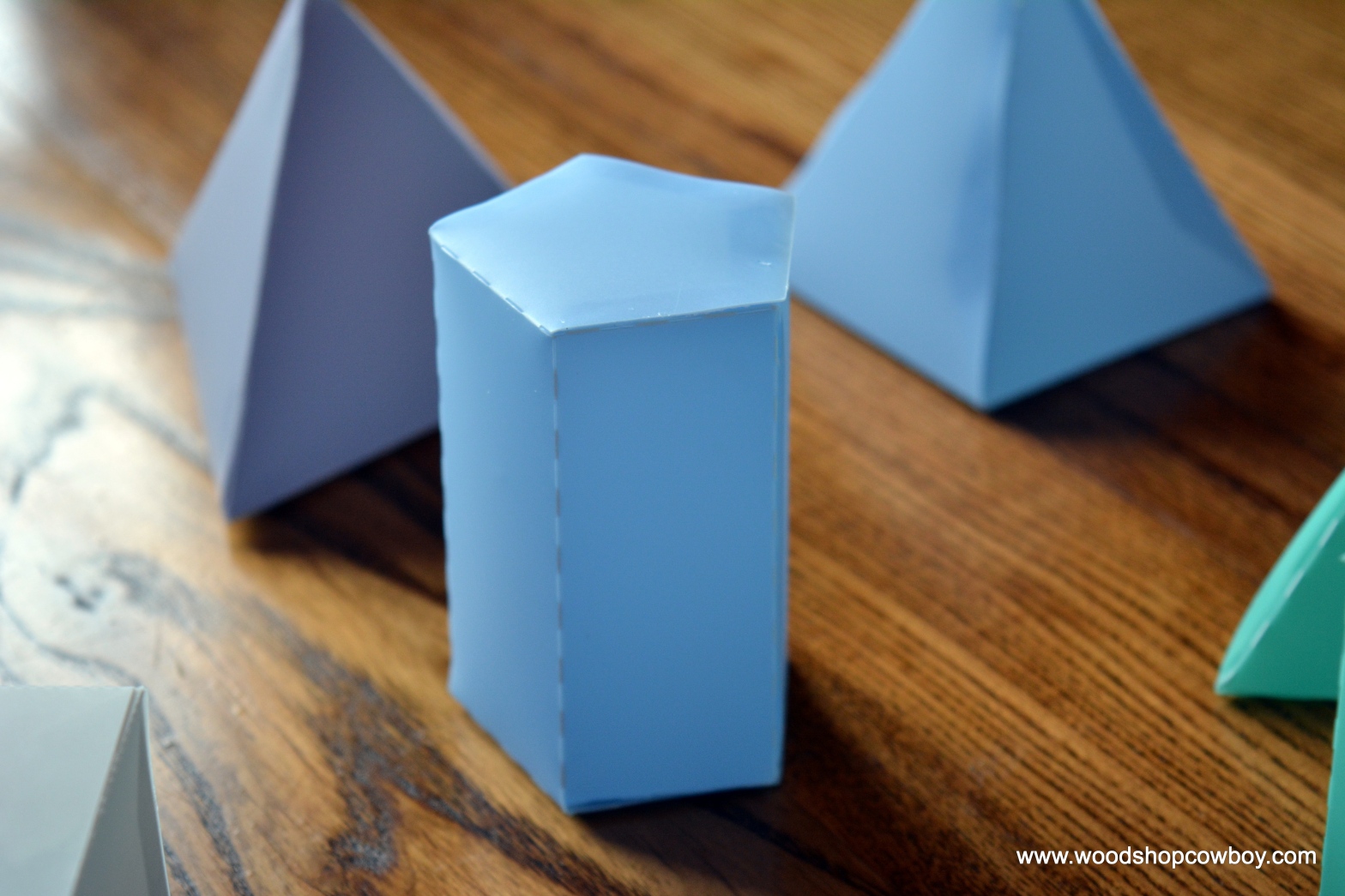This fall I have introduced a new tech platform into my practice. The FunKey unlocks tons of potential in a classroom. Do you want a board that reads keystrokes and plays like a MakeyMakey but with at a size and price point for a real classroom? FunKey does that. Do you now need a boardContinue reading “This Week in the Classroom: The FunKey Super #MakerED #STEM Review”
Tag Archives: MakerEd
#MakerEd in the Classroom: Exploring #3DPrinting FAQs & Resources
This week I will answer some of the most common questions about 3D printing I get asked as a Maker Educator by administrators and classroom teachers. Last summer, I published a similar guide for the Home #Makerspace!
#Makered Book Review: Tinkerlab by Rachelle Doorley @TinkerLabKids
TinkerLab: A Hands on Guide for Little Inventors by Rachelle Doorley is a beautifully photographed and curated set of experiments for the toddler to 2nd grade set. While her main focus is art prompts and experiments, she has sections on construction, Maker explorations, take apart sessions, chemistry, and more. Rachelle’s book has given me tons of inspiration and insight into the playful mind of very young children. She walks through the process for setting up an art space, with tool & material recommendations. She also spends a lot of time and space discussing the teaching philosophy behind arts education and why its important. Her habits of mind and interviews with experts are fantastic distillations of the Maker ethos.
Home #Makerspace: Simple Kid’s Game Boards for Young Makers #Woodworking
This week, we made a quick foldable checkerboard inspired by my youngest child’s love of the game. This basic folding design can expanded and modified to play any board game. Just let your imagination run wild!
This project incorporates measuring, marking boards square, using a hand drill and hand saw, and an all natural, no-fuss stain (although it is stinky!). Super quick, super cheap and super easy for young makers between K – 3rd grade.
#Makerspace Tour: KID Museum in Bethesda, MD
The KID Museum of Bethesda, MD offers a range of Maker activities through outreach, studio time, open play/build and structured classes. It’s open for drop-in visits on weekends and reserved for workshops, school trips and scheduled events during weekdays. We visited for open house Sunday hours recently. It cost $8 per person and admissionContinue reading “#Makerspace Tour: KID Museum in Bethesda, MD”
Home #Makerspace: Making Geometric Nets with Vinyl Cutter
In this project, young makers use a vinyl cutter to cut and score geometric nets, connecting 2D shapes to 3D prisms, polyhedrons, etc. They learn to recognize the difference between two and three-dimensions, while also seeing a relationship between the two. Lastly, this is a great opportunity for fine motor skill practice. The plastic requiresContinue reading “Home #Makerspace: Making Geometric Nets with Vinyl Cutter”
Home #Makerspace: The Bread Box Project #woodworking #makerEd
This quick project makes a great starter box for grown woodworkers, but it especially shines as an approachable young person skill builder. This slick box teaches three major skills: measurement, accuracy in manufacture of parts and joinery. A teacher or parent can use this simple project to differentiate between beginning, intermediate and expert woodworkers byContinue reading “Home #Makerspace: The Bread Box Project #woodworking #makerEd”
Home #Makerspace: Two Tools to Teach #CompSci & #Coding to #MakerEd Youngsters
The last five years have seen an explosion in Maker Edu-themed products geared for the younger set. Young kids make enthusiastic makers. They love challenging puzzles, approachable crafts and as long as you put flames on it, they think everything you do is amazing! What’s not to love about teaching the pre-K through 3rd gradeContinue reading “Home #Makerspace: Two Tools to Teach #CompSci & #Coding to #MakerEd Youngsters”
How to Design a Project-Based Learning Unit (with Catapults & Derby Cars)
As a teacher of mostly teenage boys, I can say my kids want to see three things: something on fire, something crashing, or something flying (and then crashing). I love teaching middle-school science because I get to teach motion, which sets things crashing and stuff flying. As written by Jim Steinman and sung by Mr.Continue reading “How to Design a Project-Based Learning Unit (with Catapults & Derby Cars)”
Making a Makerspace: Building Out the Steamworks
This is the second in my “Making a Makerspace” series. Catch part 1, Planning the STEAMworks, here. With my planning done, I turned my attention to “building out” the makerspace. My original plan called for a long woodworking bench against a pair of bay windows with two tool cabinets and four mobile workstations with integratedContinue reading “Making a Makerspace: Building Out the Steamworks”








